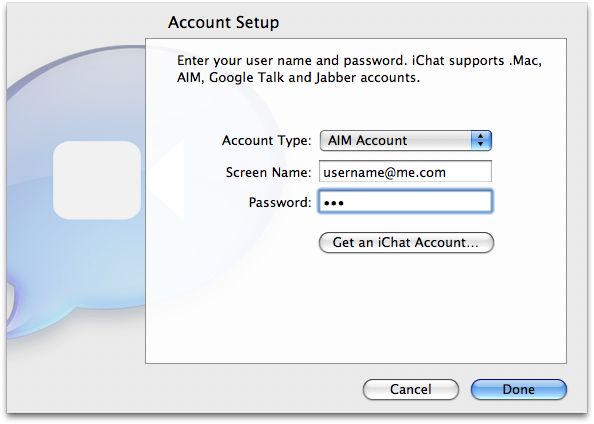 |
| One of my "server farms" (more like a server garden) with 4 Macs and 1 GSM modem |
Amazon's AWS VP for EC2 shared a fun video about how macOS on AWS came to be.
 |
| One of my "server farms" (more like a server garden) with 4 Macs and 1 GSM modem |
Amazon's AWS VP for EC2 shared a fun video about how macOS on AWS came to be.
 |
| OS X iframe malware injected into google.com. |

 Click to enlarge
Click to enlarge



Nov 10 13:57:27 MacBook-Pro sshd[11704]: Invalid user admin from 208.51.155.141
Nov 10 13:57:28 MacBook-Pro sshd[11706]: Invalid user test from 208.51.155.141
Nov 10 13:57:29 MacBook-Pro sshd[11708]: Invalid user imaging from 208.51.155.141
Nov 10 13:57:31 MacBook-Pro sshd[11710]: Invalid user oracle from 208.51.155.141
Nov 10 19:20:41 MacBook-Pro sshd[12097]: Invalid user test from 218.1.65.233
Nov 10 19:20:45 MacBook-Pro sshd[12099]: Invalid user guest from 218.1.65.233
Nov 10 19:20:49 MacBook-Pro sshd[12101]: Invalid user admin from 218.1.65.233
Nov 10 19:20:53 MacBook-Pro sshd[12103]: Invalid user admin from 218.1.65.233
Nov 10 19:20:57 MacBook-Pro sshd[12105]: Invalid user user from 218.1.65.233
Nov 10 19:21:13 MacBook-Pro sshd[12116]: Invalid user test from 218.1.65.233
Nov 10 20:23:04 MacBook-Pro sshd[12152]: Invalid user apple from 125.16.216.69
Nov 10 20:23:09 MacBook-Pro sshd[12157]: Invalid user brian from 125.16.216.69
Nov 10 20:23:15 MacBook-Pro sshd[12162]: Invalid user andrew from 125.16.216.69
Nov 10 20:23:20 MacBook-Pro sshd[12167]: Invalid user newsroom from 125.16.216.69






curl apple.com/safari to get the URL for their download page but I gave up after about 30 minutes of parsing HTML and redirects with my eyes.